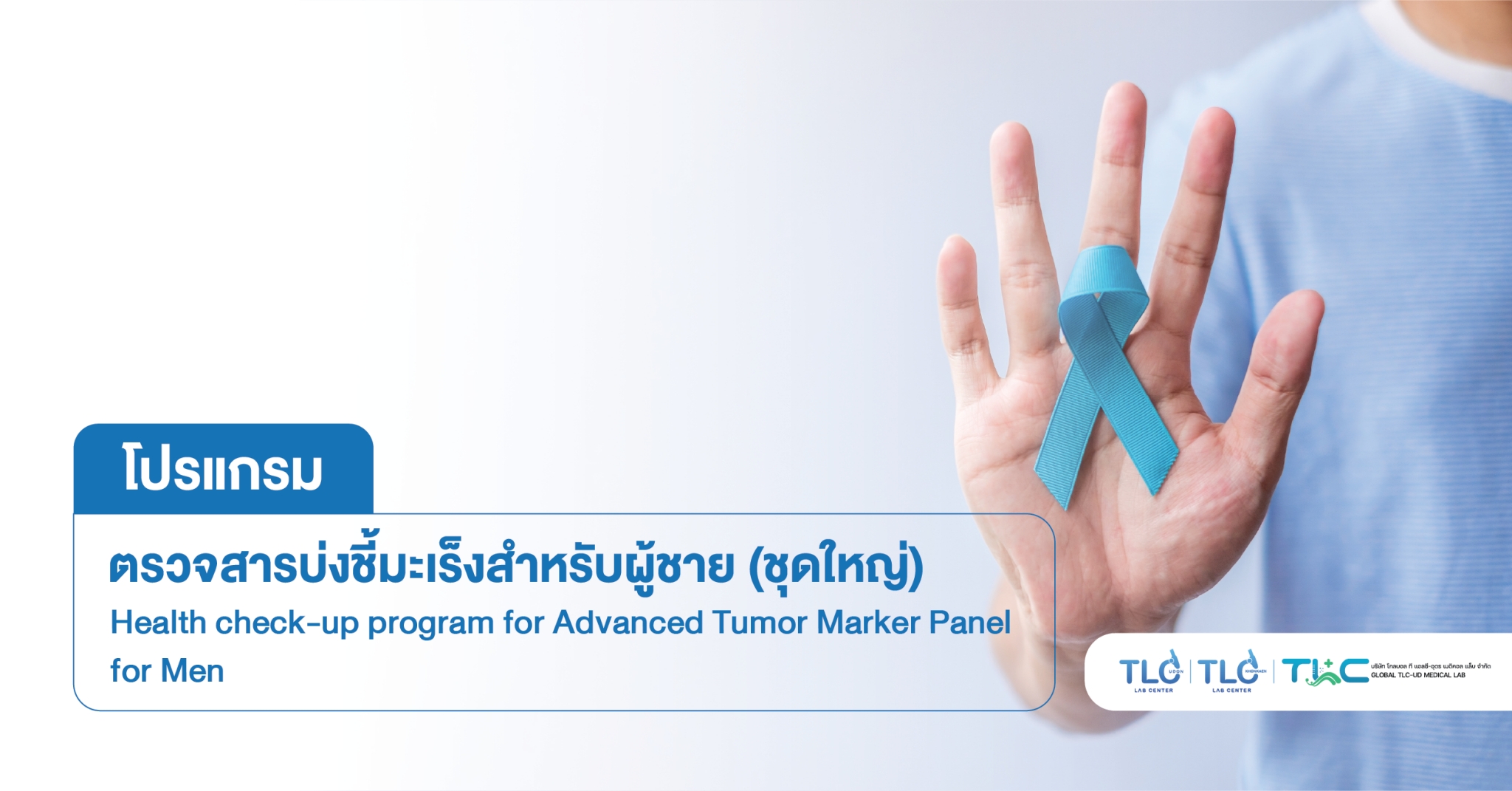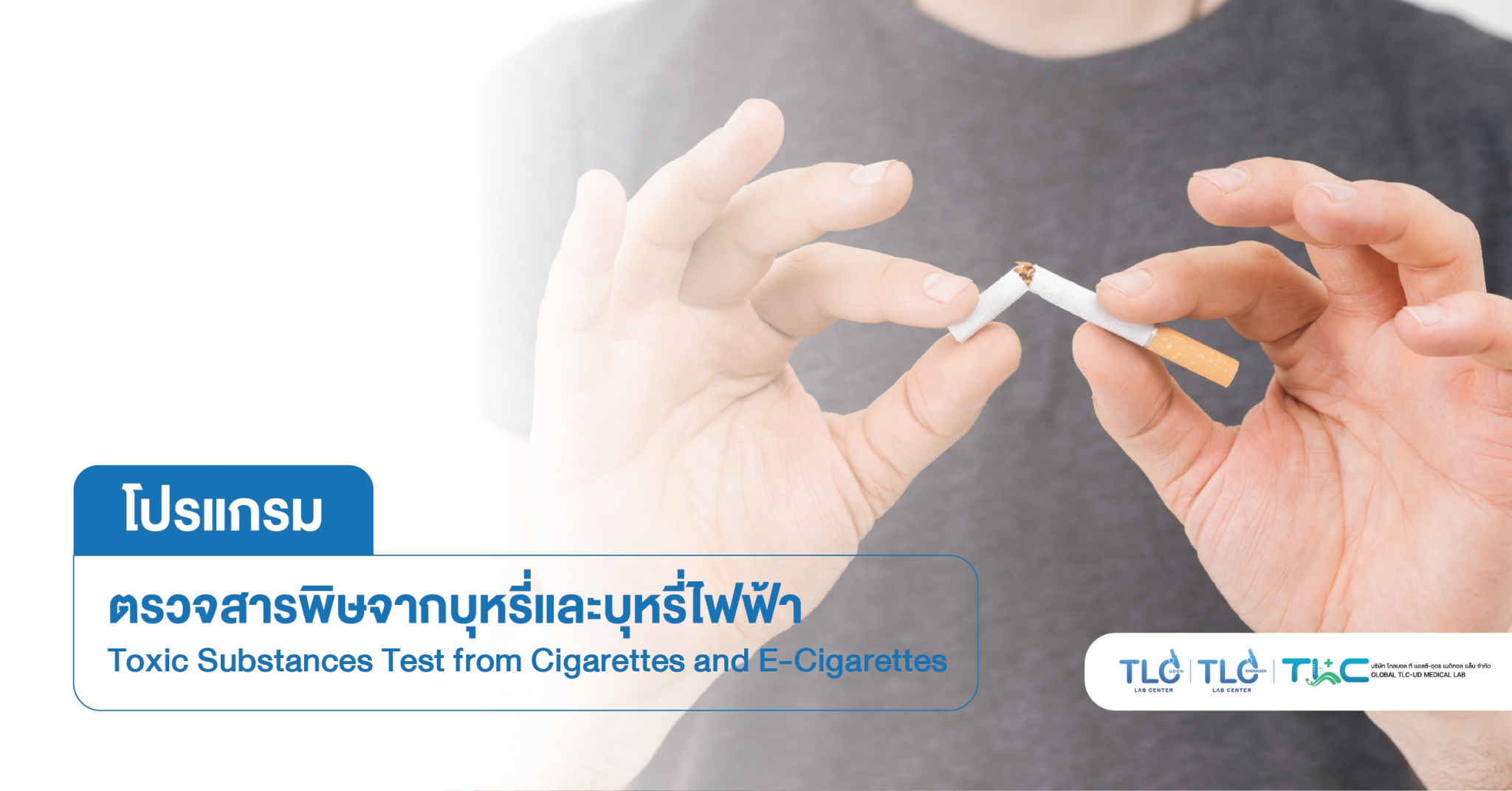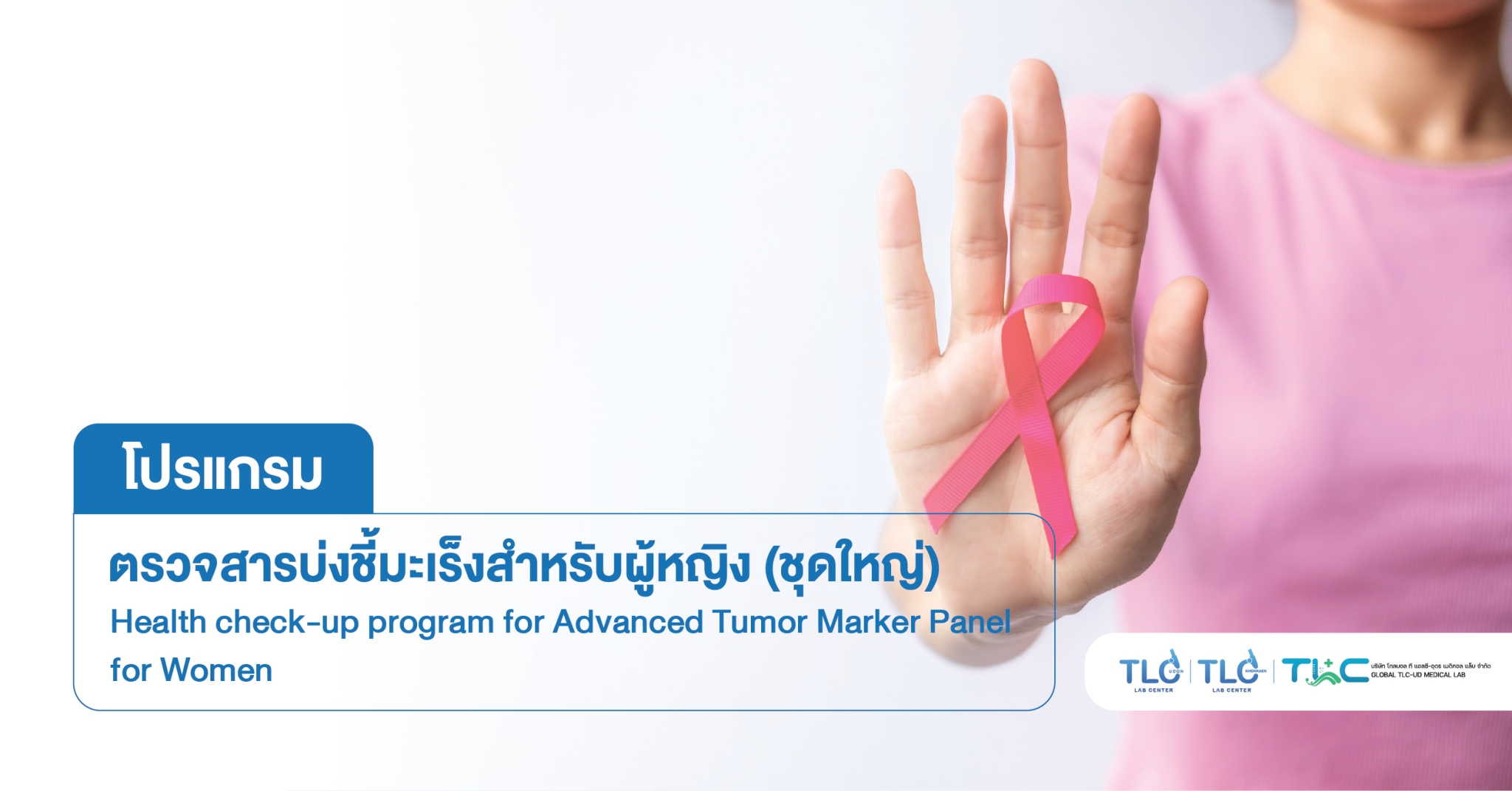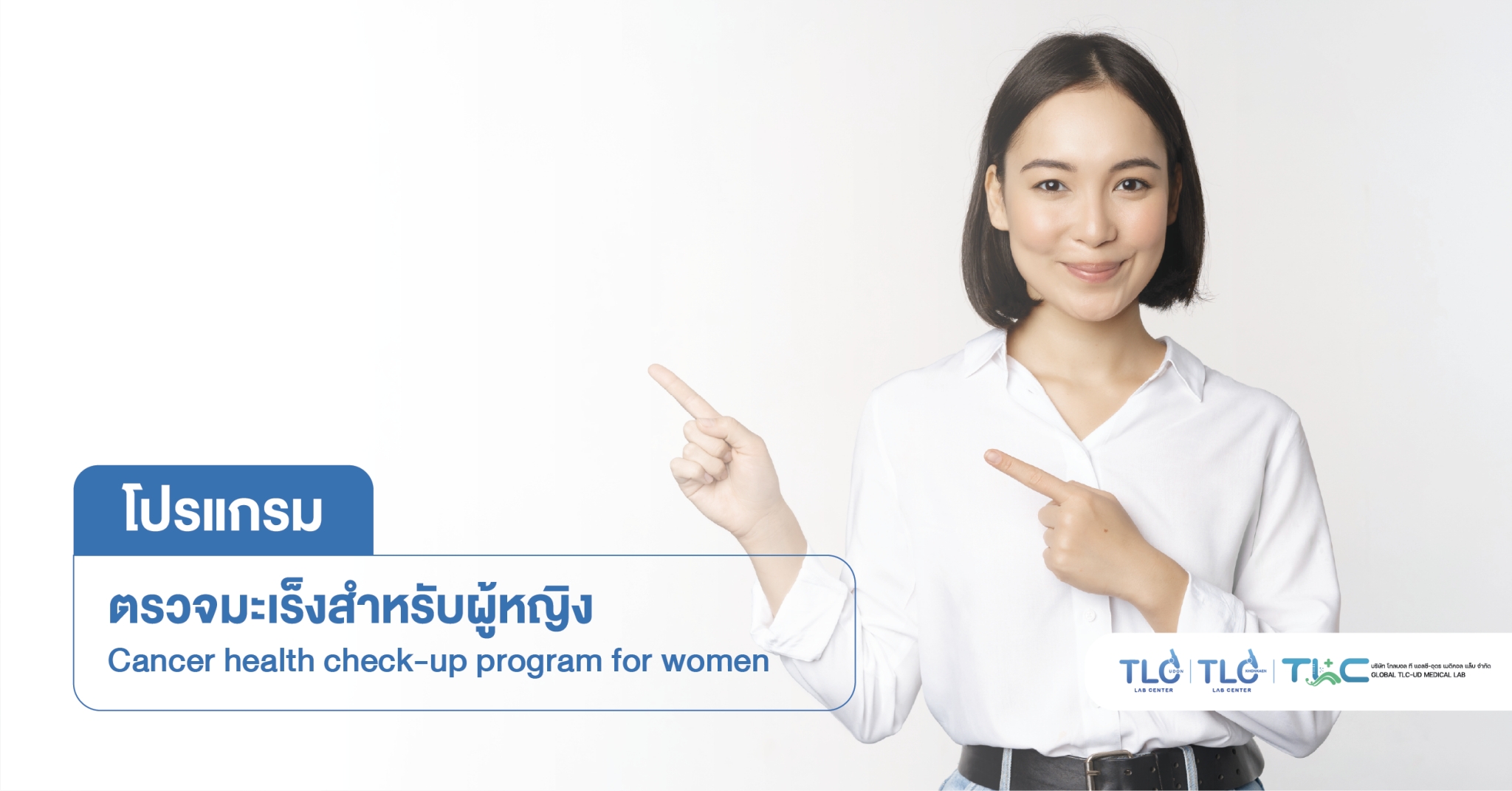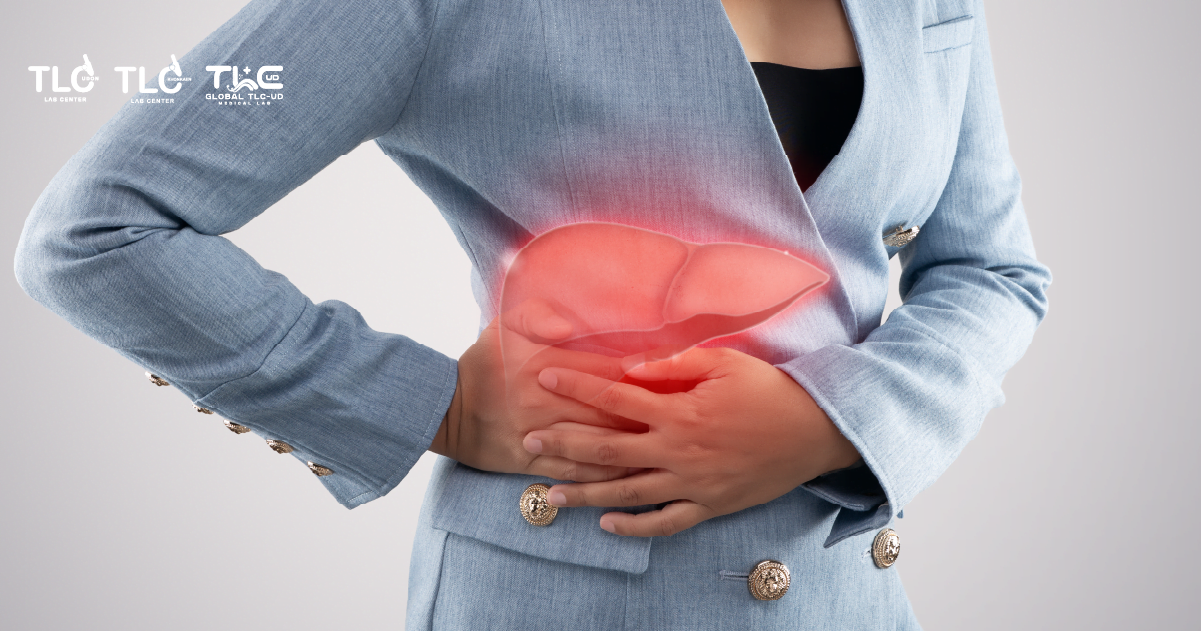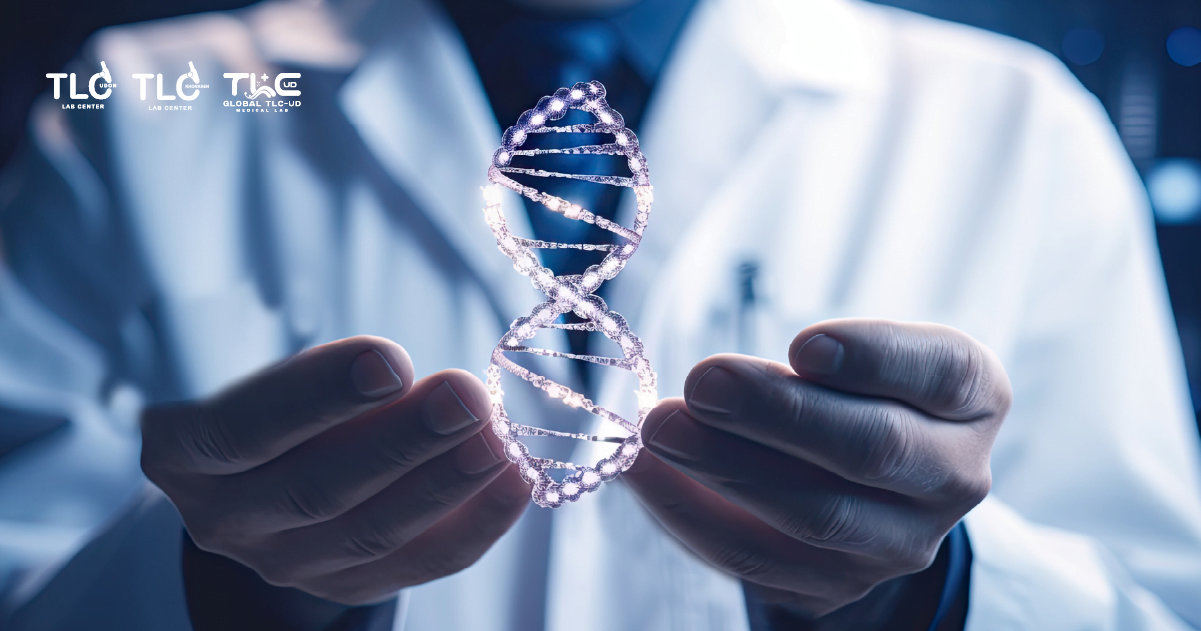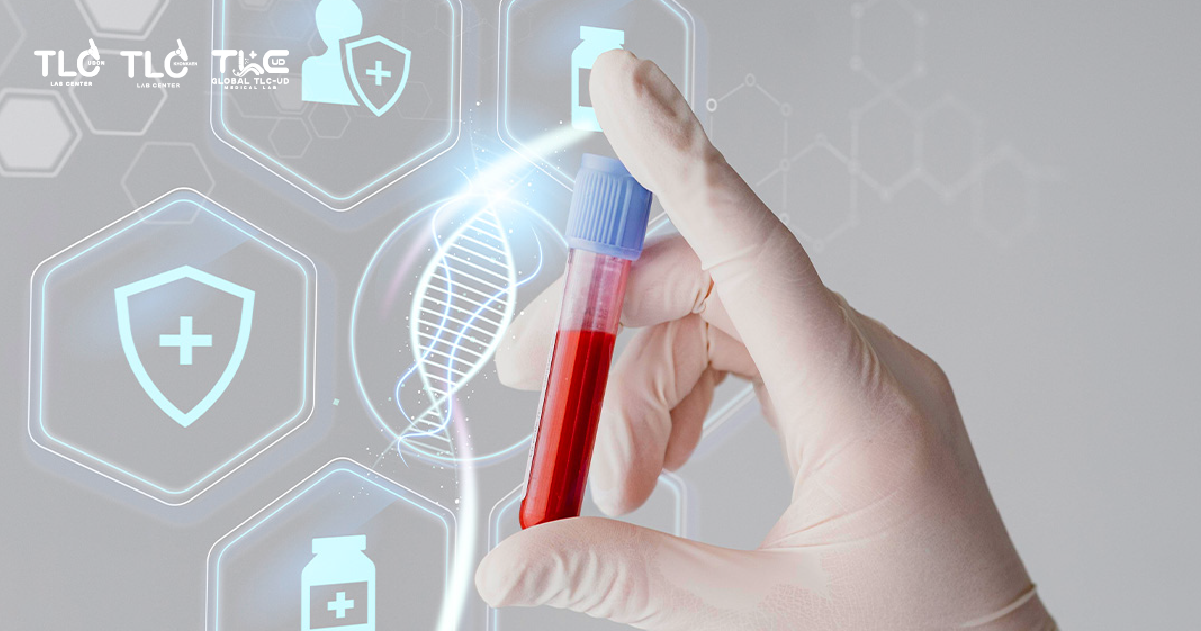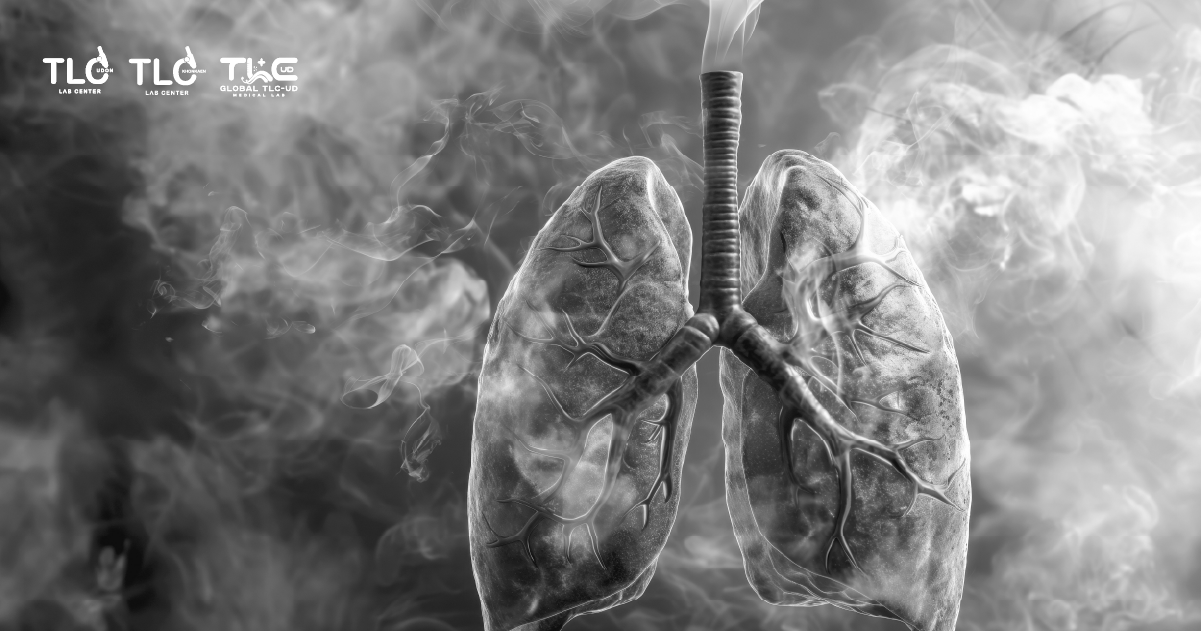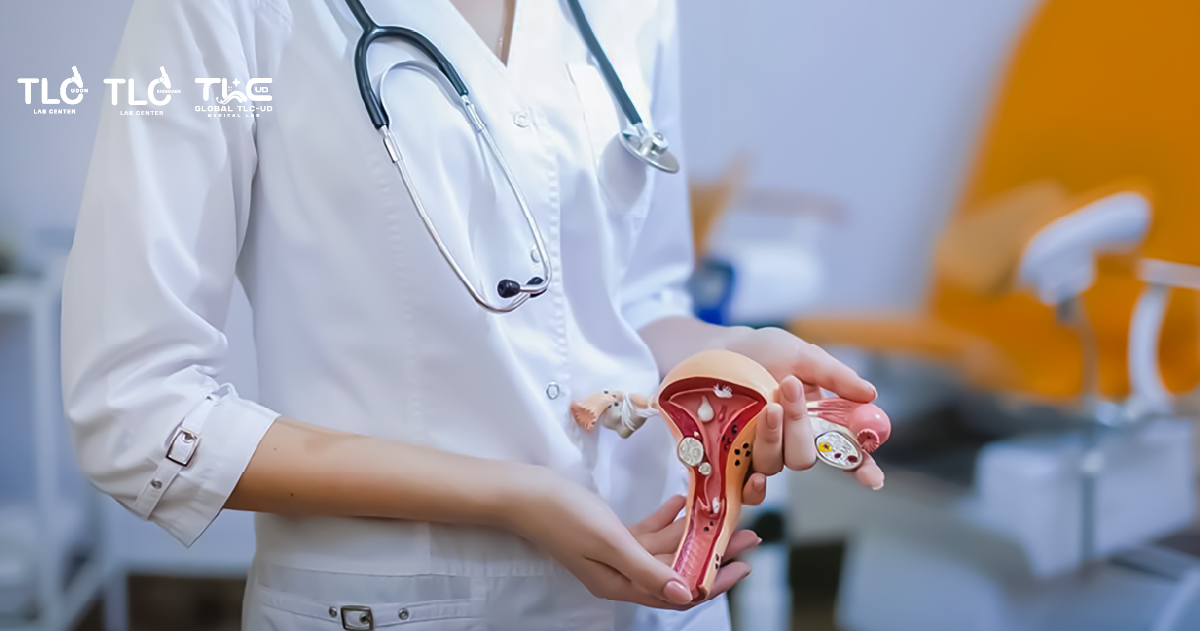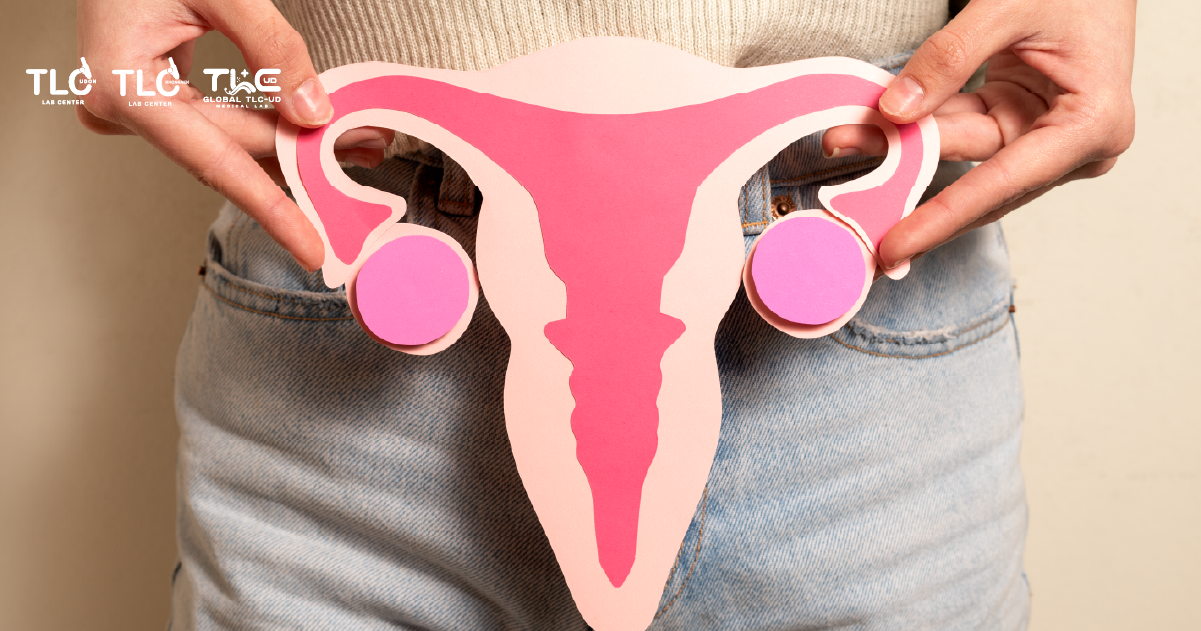Testicular cancer is a cancer that develops from cells in the testis, the organ responsible for producing sperm and the male hormone testosterone. It is relatively uncommon compared with other cancers, but it is the most common cancer in men aged 15–40 years.
Types of Testicular Cancer
- Germ cell tumours (GCTs) (~95%)
- Seminoma – slow-growing, responds well to treatment.
- Non-seminomatous germ cell tumours (NSGCTs) – faster growing and more aggressive than seminomas. These include:
Embryonal carcinoma
Yolk sac tumor
Choriocarcinoma
Teratoma
- Non–germ cell tumors (เช่น Sertoli cell tumor, Leydig cell tumor) – พบได้น้อย
Risk Factors
The exact causes of testicular cancer remain unclear, but studies suggest several risk factors:
- History of cryptorchidism (undescended testis).
- Family history of testicular cancer.
- Chromosomal abnormalities (e.g., chromosome 1 or 12 defects).
- Certain genetic conditions, such as Klinefelter syndrome.
- Testicular atrophy.
- Previous testicular cancer in the other testis.
- Past trauma or inflammation of the testis.
- Congenital infertility, which increases the risk.
Symptoms
- A lump in the testis, with or without pain.
- Swelling or enlargement of the testis.
- A dull ache in the groin, scrotum, or lower abdomen.
- Unexplained swelling in the scrotum (hydrocele-like).
- Discomfort or pain within the testis.
- Feeling of fluid accumulation in the scrotum.
- Reduced libido.
- Breast enlargement or tenderness, due to hormonal effects of some tumour types.
If the cancer spreads to other organs, additional symptoms may appear:
- Lower back pain or abdominal pain.
- Headaches, dizziness.
- Tingling, numbness, or weakness in the thigh.
- Shortness of breath, cough, or chest tightness.

Stages of Testicular Cancer
- Stage 1: Cancer is confined to the testis, with no spread to lymph nodes. Cure rates are 90–100%.
- Stage 2: Cancer has spread to abdominal lymph nodes. Cure rates are around 80–90%.
- Stage 3: Cancer has spread to abdominal lymph nodes and tumour markers are highly elevated in the blood. Common metastatic sites include brain and lungs. Cure rates remain 50–70%.
Diagnosis
- Medical history and symptom review.
- Physical examination, including palpation of both testes.
- Ultrasound of the scrotum and testes to determine the size, nature, and location of the mass.
- Blood tests for tumour markers: AFP, β-hCG, and LDH. Even if levels are normal, changes may indicate disease.
Treatment
- Radical orchiectomy (surgical removal of the testis) – the first step in treatment.
- Chemotherapy or radiotherapy, depending on tumour type and stage.
Key Tumour Markers
- AFP (Alpha-fetoprotein): Raised in NSGCTs, particularly yolk sac tumours.
- β-hCG (Human Chorionic Gonadotropin): Raised in choriocarcinoma and some seminomas.
- LDH (Lactate Dehydrogenase): Reflects tumour burden and disease severity.
Summary
Testicular cancer is mainly a germ cell tumour (seminoma or NSGCT), occurring most often in young men aged 15–40 years. Tumour markers (AFP, β-hCG, LDH) play a crucial role in diagnosis and monitoring. The mainstay of treatment is surgical removal of the testis, with high cure rates if diagnosed early. If detected early, the survival rate exceeds 90%.
แหล่งอ้างอิง
- McHugh D, et al. Testicular cancer in 2023: Current status and recent progress. CA: A Cancer Journal for Clinicians. 2024.
- Bagrodia A, et al. Key Updates in Testicular Cancer: Optimizing Survivorship. ASCO Educational Book. 2025.
- Gaddam SJ, Bicer F, Chesnut GT. Testicular Cancer. In: StatPearls. Treasure Island (FL): StatPearls Publishing; 2025.
- Baird DC, Meyers GJ, Hu JS. Testicular Cancer: Diagnosis and Treatment. American Family Physician. 2018 Feb 15; 97(4): 261-268.
- Escobar D, et al. Disparities in Testicular Cancer: A Review of the Literature. Cancers 2024;16(20):3433.


